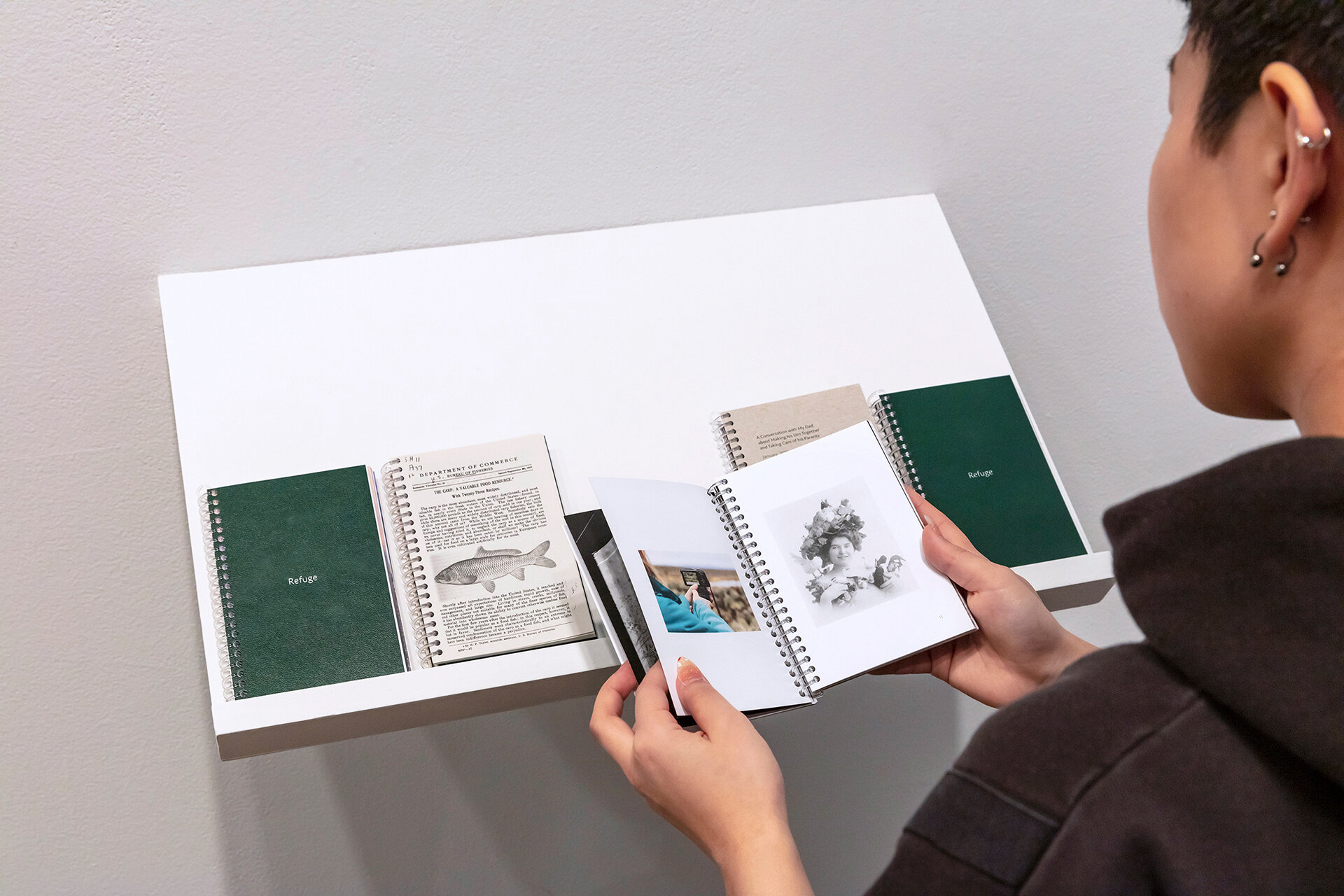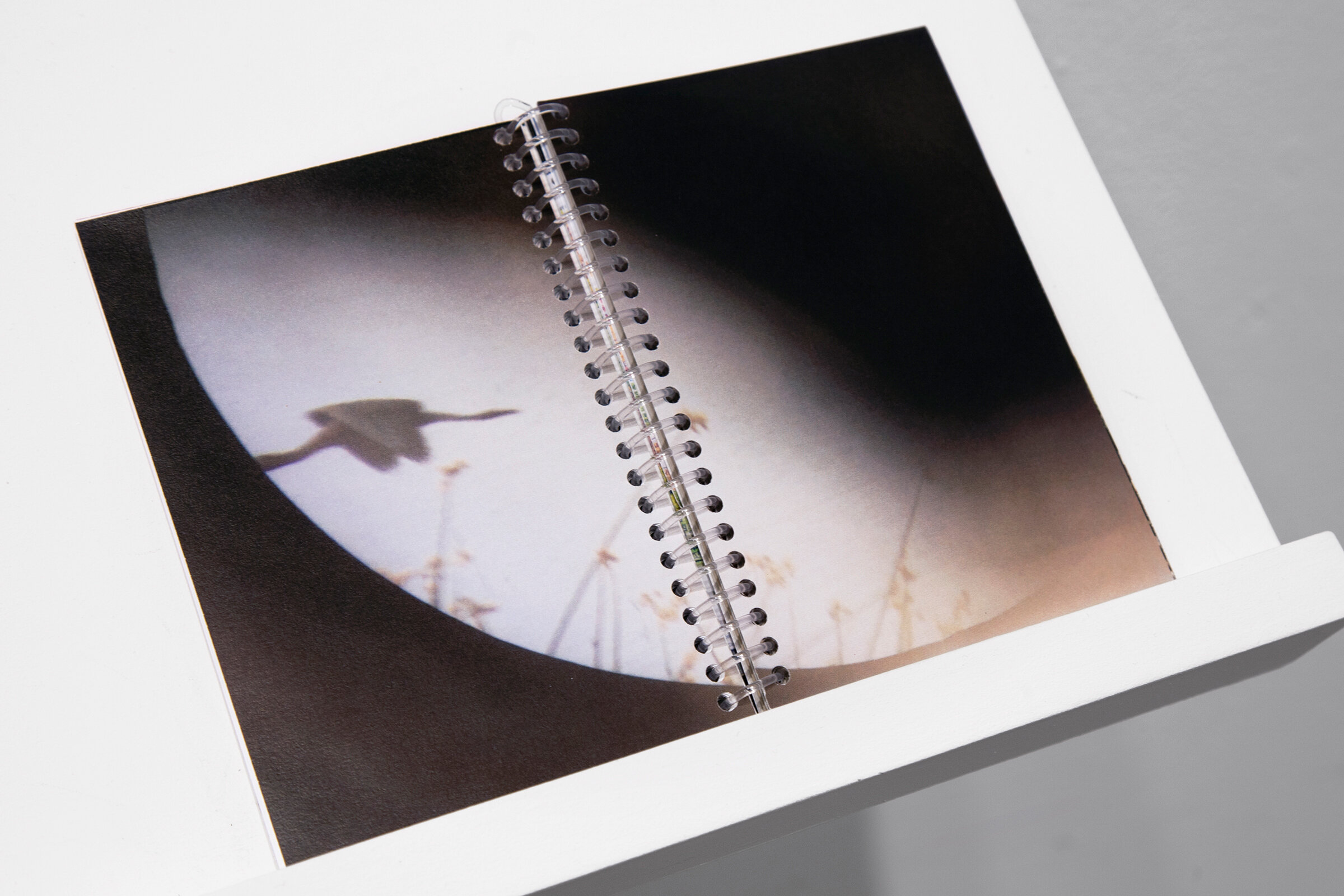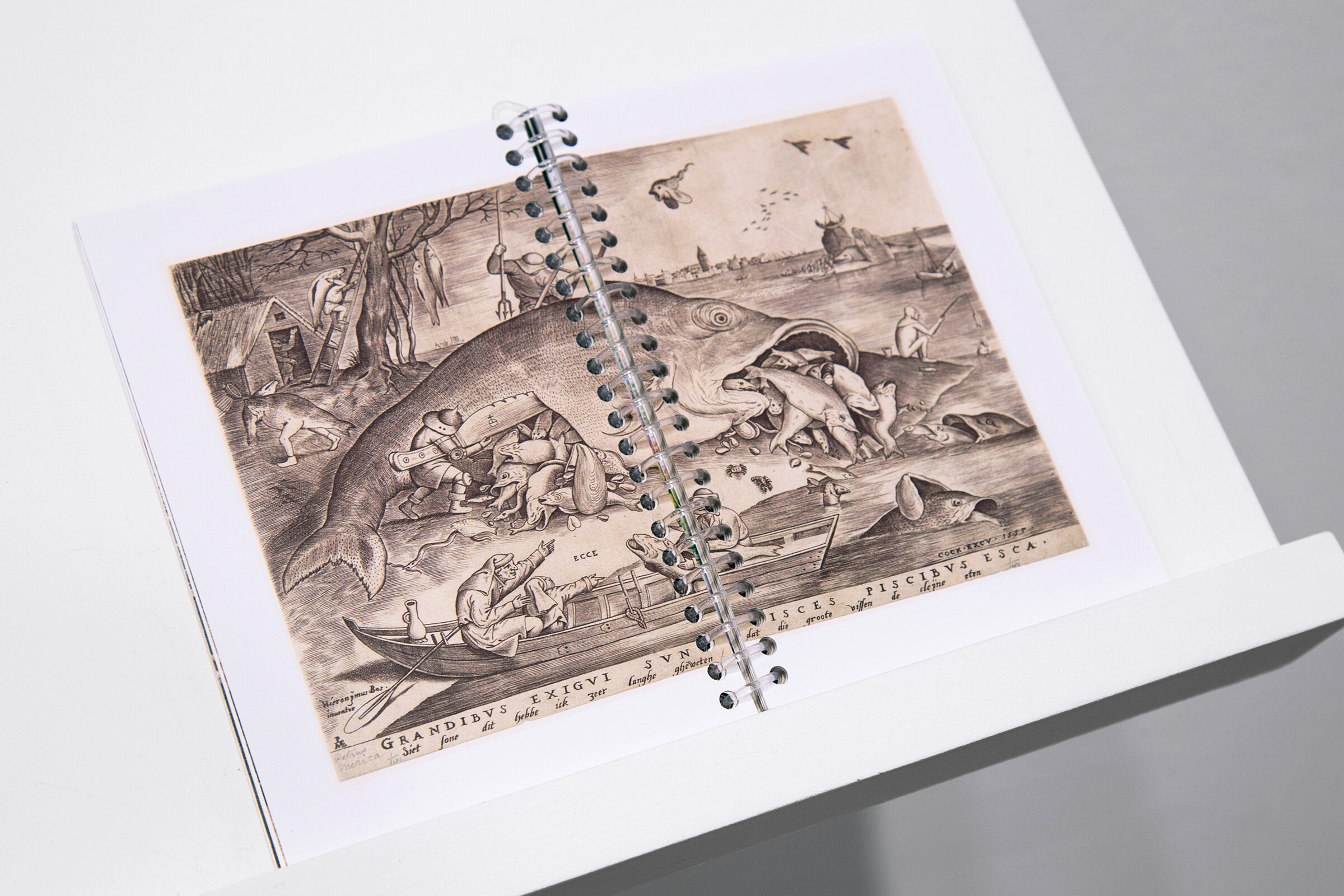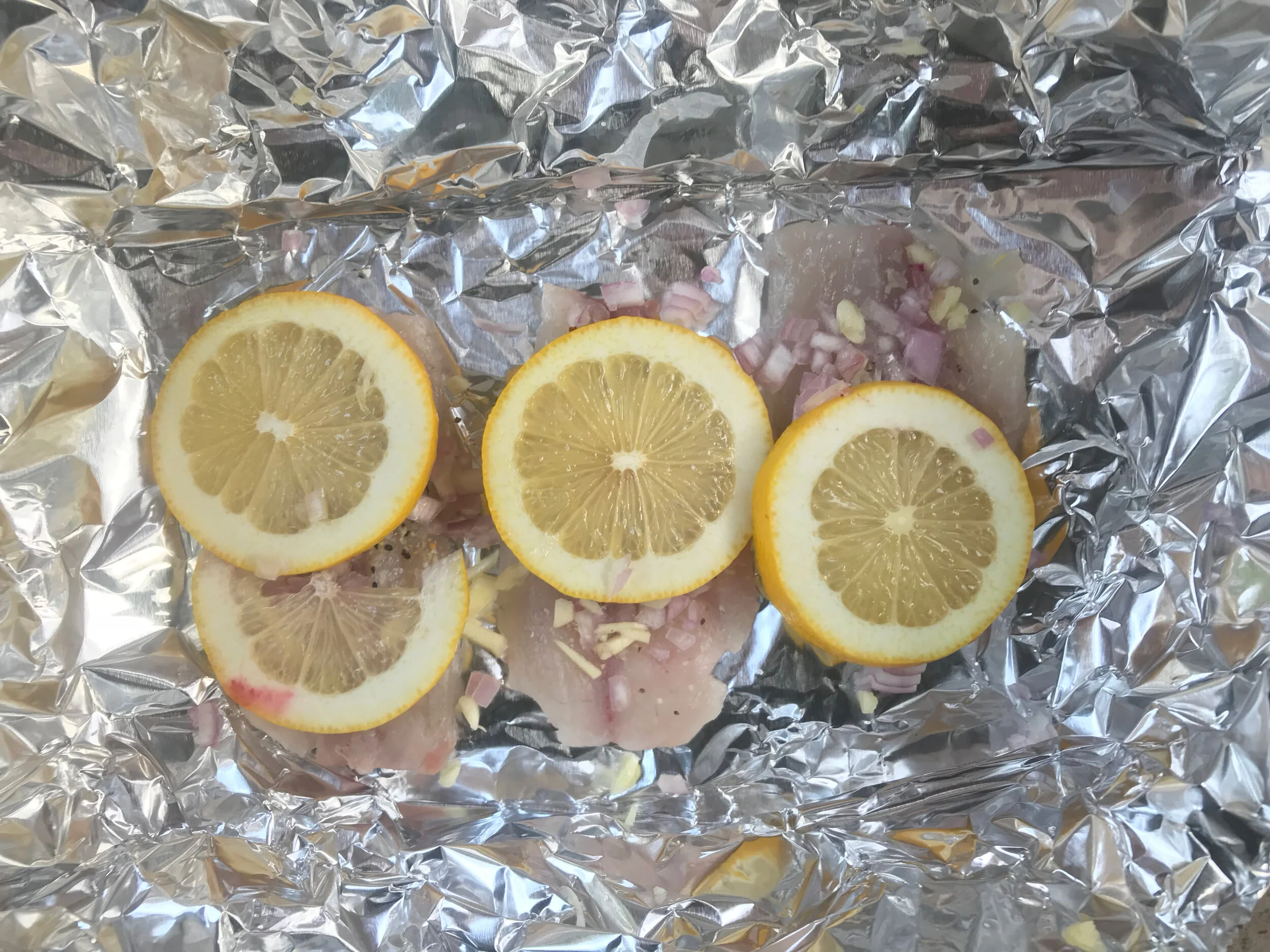Refuge + Eat the Carp! 2019
Pair of books developed during my time at Malheur Wildlife Refuge.
Refuge focuses on Malheur as a case study, incorporating writing that layers family history, land-use politics, and human and animal movement to consider the messiness of personal and cultural relationships to land. Refuge includes my photographs, historic images, an interview with my father about his desire to have his ashes scatted near the refuge, the process of making an urn together, and generational change and care.
✰ View refuge PDF ✰
Eat the Carp! is a community-sourced carp cookbook created in response to the history and contemporary reality of invasive carp in the region. Common Carp were introduced by individuals and U.S. Fish and Wildlife’s predecessor, the U.S. Fish Commission (1871–1940), as a food source throughout the United States in the late 1800s and early 1900s. Now considered an invasive species, staff spend an incredible amount of time and resources trying to eradicate the fish to no avail. While the rhetoric around “invasiveness” is rooted in the reality of ecological change, it is also deeply connected to a rhetoric of xenophobia and otherness. Carp are enjoyed as a food source throughout the world. However, they have been condemned by many in the U.S. as “nasty” or “trash fish” largely because of changing or assimilating tastes and low market value.
Before I left the refuge, staff threw me a goodbye party. After months of trying to convince my new friends to eat carp, they acquiesced. I was grateful they were willing to suspend disbelief and normalize eating the fish with a collective goal of learning to be more responsive and adaptive. Eat the Carp! combines historic carp recipes, recipes from Malheur staff and residents of the surrounding area, family, printed cookbooks and online sources.
The cookbooks are available by donation at the Malheur Wildlife Refuge Visitor Center. Proceeds support the refuge.
✰ View EAT THE CARP! Pdf ✰
This project was supported in part by funding from the Carnegie Mellon University Frank-Ratchye Further Fund.
Install photos by Tom Little and Erin Mallea.






















